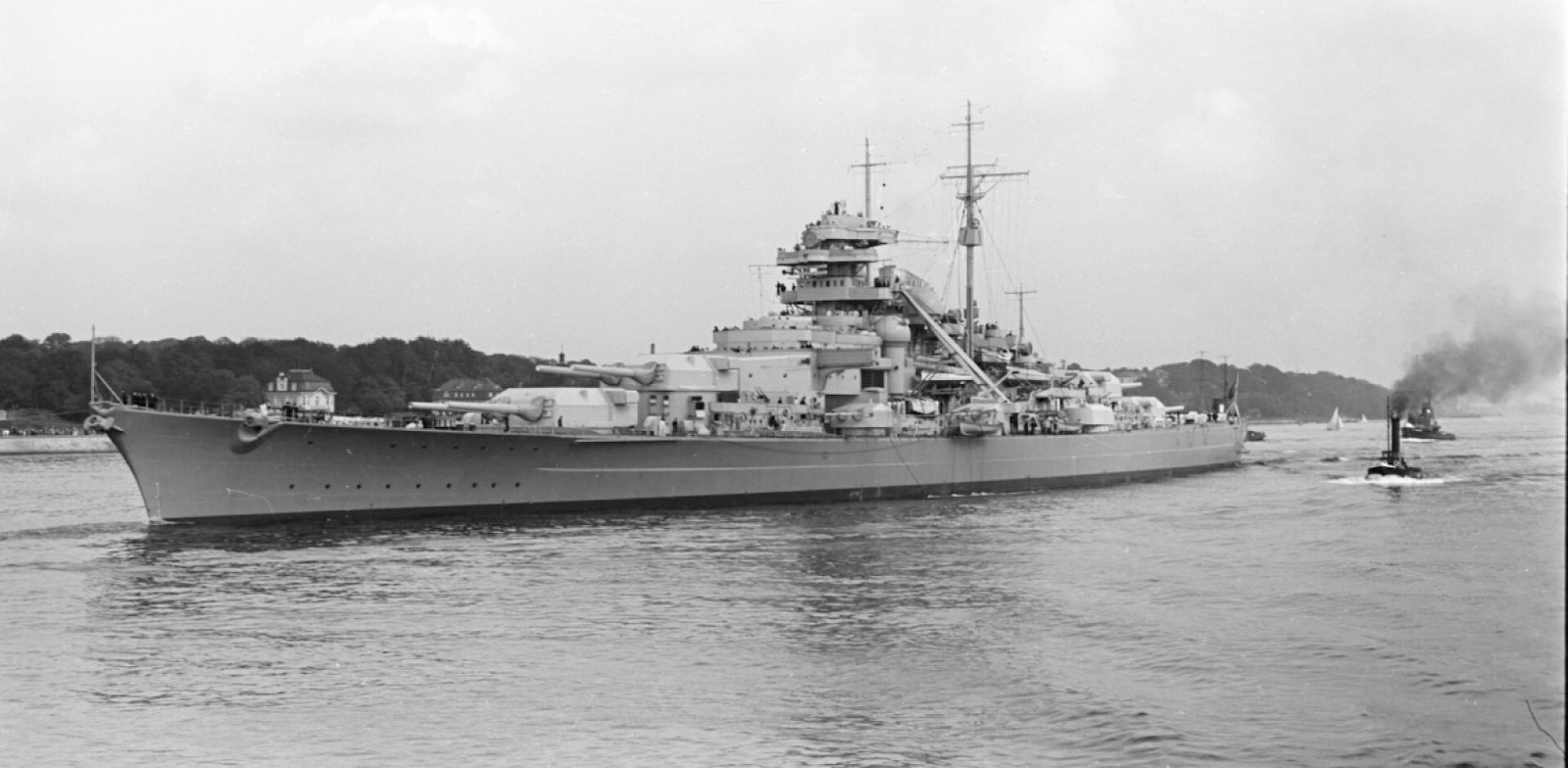
Few episodes in naval history are as charged with drama and portent as that of the Bismarck. When this German battleship first made its splash in February 1939, it was hailed as the Kriegsmarine’s jewel and a testament to terrific resolve on the part of Germany at sea. More than 50,000 tons fully loaded and 251 meters long, and with eight colossal 15-inch guns, Bismarck was the final word in battleship design. Powerful, well-armored, and designed to overwhelm, on paper, it was all but invulnerable.

But the ship’s history was never merely a question of engineering. It was a story of gamble, strategy, and the changing face of naval warfare. Commissioned in August 1940, the Bismarck was ready for battle in spring 1941. Its maiden and last mission, Operation Rheinübung, was about to start. The strategy was ambitious: break into the Atlantic, raid Allied convoys carrying valuable supplies to Britain, and drive the Royal Navy to dispatch ships from other commands. On 19 May 1941, Bismarck set sail from Gotenhafen, accompanied by the heavy cruiser Prinz Eugen, under the command of Admiral Günther Lütjens.

The British well realized the danger involved in this operation. German U-boats were already wreaking havoc in the Atlantic, sinking huge amounts of shipping in the early months of 1941. The entry of a battleship like Bismarck into the mix may tilt the balance even more. Due to intelligence sources, air sightings, and Scandinavian sightings, the Royal Navy was able to track the progress of the battleship as it sailed through northern seas. By the time Prinz Eugen and Bismarck stopped over at Bergen to refuel, British forces were already ready for battle.

The first battle took place in the icy waters of the Denmark Strait on May 24. In an ambush for Bismarck were the battlecruiser HMS Hood and the newly commissioned battleship HMS Prince of Wales. Hood was a legendary but not a new ship, and she was vulnerable in her armor. The battle was short but savage. In a matter of minutes, a German shell struck Hood in just the wrong place, firing her magazines. The awful explosion tore the ship in two and sent her sinking almost immediately. Of more than 1,400 crew members on board, only three survived. The Prince of Wales was damaged but managed to escape.

Hood’s loss was a national shock for Britain. She was the pride of the fleet, and her loss within a few minutes was unthinkable. The outrage and grief that followed galvanized the Royal Navy and the government. Churchill gave his now-famous order: “Sink the Bismarck.” From this point onward, the chase was relentless, with nearly every ship and plane that could be spared being put into the pursuit.

But Bismarck was not unscathed. The battle had sustained damage that left her pouring oil and unable to complete the initial mission. Admiral Lütjens decided to make for the security of occupied France, where repairs could be made. The Royal Navy was still in hot pursuit, using radar, wireless intercepts, and tenacious determination to follow the German battleship. The Atlantic was a gigantic board of survival and strategy, with both sides attempting to determine how long the other would survive.

The breakthrough came not from another battleship but the air. On May 26th, torpedo planes from the carrier HMS Ark Royal made a flight through stormy weather. They were old-fashioned-looking biplanes, but low-speed and hard to intercept. One of them came home and lodged in Bismarck’s rudder, making the ship immovable. Stung and destined for the horizon in circles, the giant battleship was lost.

At dawn the next day, 27 May, the Royal Navy came forward. Battleship King George V and Rodney, covered by cruisers, reduced the gap and opened fire. They shelled Bismarck for over an hour, blasting its guns to bits, setting it ablaze, and tearing its superstructure to pieces. It battled fiercely but was unable to hit back hard enough. With no hope of escape, her crew readied her to be scuttled. At 10:39 a.m., the former mighty battleship sank beneath the waves. A total of over 2,200 men were lost, with only around 115 survivors.

The sinking of the Bismarck was more than the loss of a single ship. It was the turning point in naval warfare. The battle proved that armor and mass meant nothing against contemporary air power and coordinated attacks. The days of the battleship, always the icon of naval dominance, were almost over. Carriers and subs would dominate the seas.

For Germany, the defeat was disastrous. The surface fleet never recovered completely, and Hitler himself grew more unwilling to risk capital ships ever again. For Britain, the win provided a much-needed morale boost at a bleak moment in the war and proved the value of using intelligence, technology, and determination.

The wreck of the Bismarck was eventually located in 1989, deep in the Atlantic. Today, it serves as a haunting reminder of the short, stormy existence of the ship and the end of an era. What was learned from its final voyage remains: illustrating how quickly the tides of war will shift, and how even the most powerful warship can go down when the world beneath it shifts.
